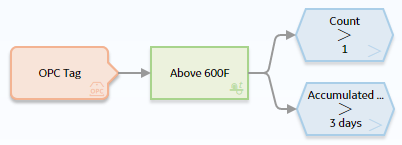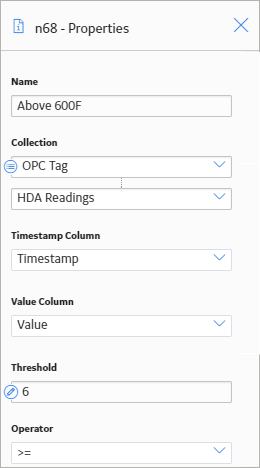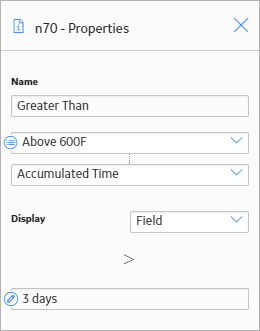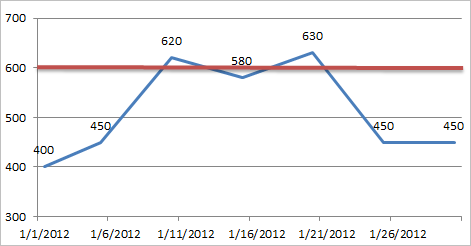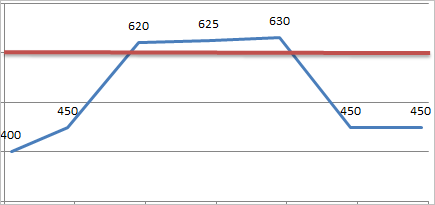The Properties window for a Threshold Statistics node contains the items that are described in the following table.
|
Item |
Description |
Notes |
|---|---|---|
|
Collection section |
Specifies the collection for which you want to calculate a threshold statistic. |
You can select |
|
Timestamp Column list |
Specifies the column that contains the timestamps that you want to use to calculate the accumulated time during which the input values cross the defined threshold. |
This list contains the columns that are available in the selected collection. |
|
Value Column list |
Specifies the column that contains the input values that will be compared to the threshold value. |
This list contains the columns that are available in the selected collection. |
|
Threshold section |
Specifies the threshold value that will be compared to the values that are defined in the Value Column list. |
You can select |
|
Operator list |
Specifies the comparison operator that will be used to compare inputs values to the threshold value. |
This list contains the following operators:
|
